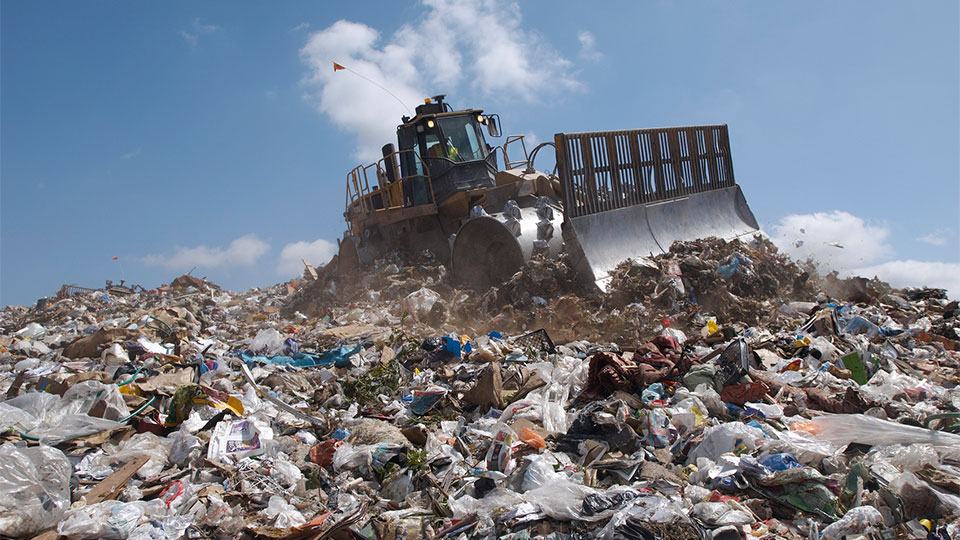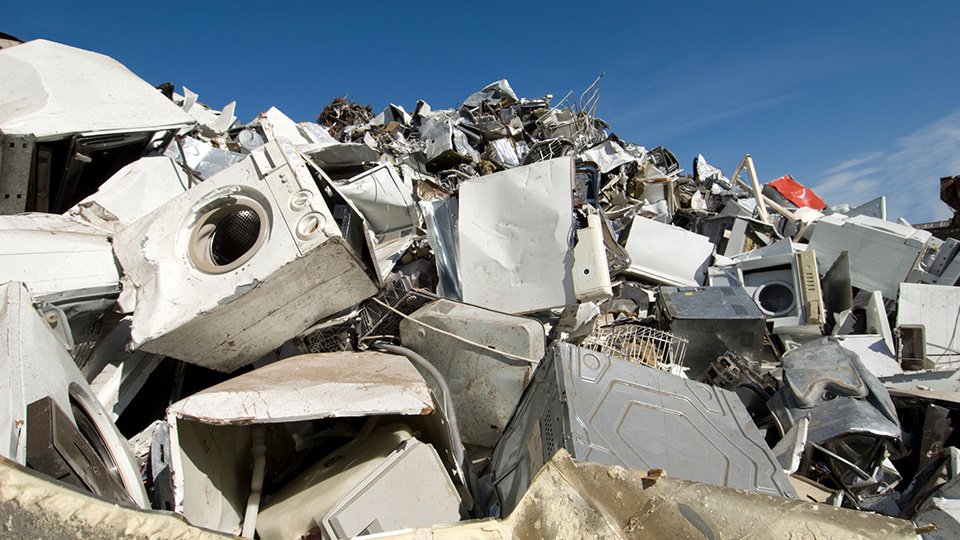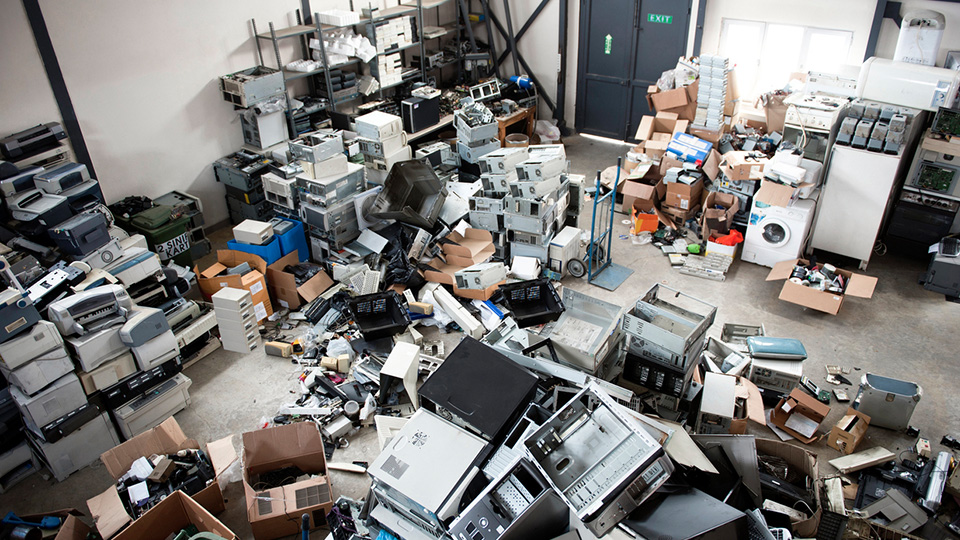Once the bulky boring bits that make up most of the electronic waste stream have been removed, recyclers are left to deal with an incredibly complex mix of metals and other components.
Some of that complexity is found in the lithium batteries that power most of our mobile devices. Battery recycling involves a mix of shredding, physical metal separation and wet chemistry to recover carbon, cobalt and lithium. Then it’s on to the real challenge: the printed circuit boards (PCBs).






